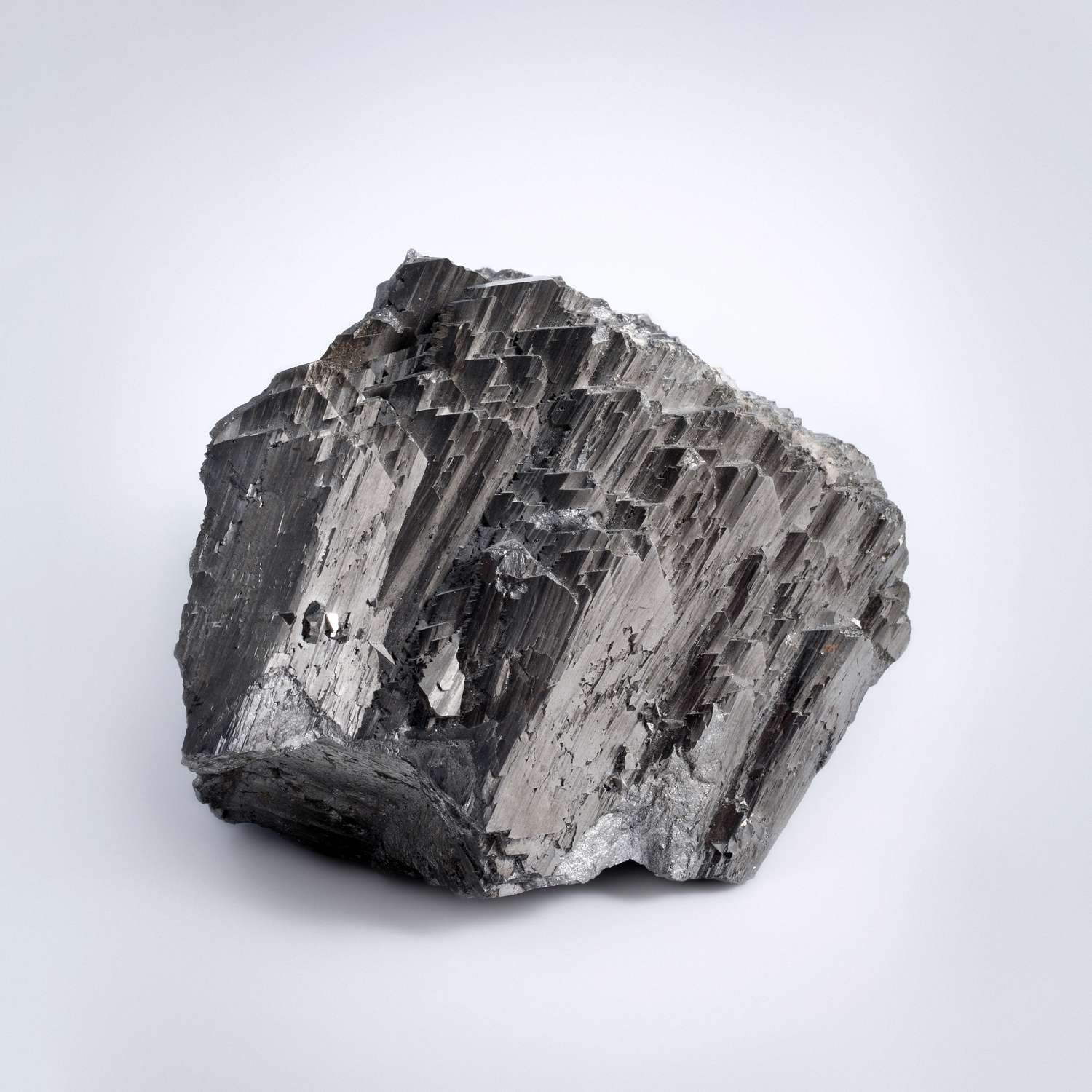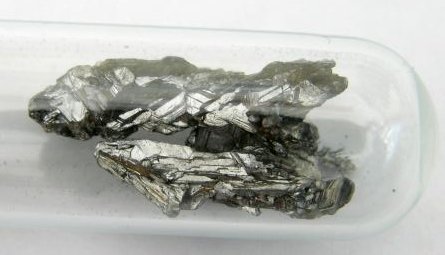Arsenic
Arsenic is a naturally occurring element found in rocks, soil, and water. It exists in two main forms: organic and inorganic. Organic arsenic, commonly present in seafood, is less harmful than inorganic arsenic, which is often found in contaminated drinking water and industrial sites.
Exposure to arsenic, particularly the inorganic form, can be detrimental to health. Acute poisoning symptoms include vomiting, diarrhea, and numbness. Long-term exposure is linked to various health issues, including skin cancer, bladder cancer, and even diabetes.
Despite its toxicity, arsenic has various industrial applications in wood preservation, pesticides, and electronics. However, due to its harmful effects, it's crucial to handle arsenic with extreme caution and adhere to safety regulations to minimize exposure risks.


